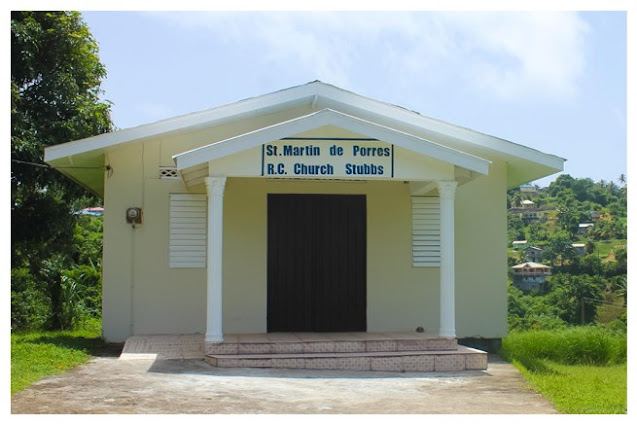St. Theresa Church located in Meade County, while not the oldest Catholic Church in the state of Kentucky, it is the oldest in Meade County. Settlers began arriving in Meade and Breckinridge Counties in the late 1700s.
These Catholic settlers were served by missionary priest who resided in Marion and Nelson Counties. The services were held in the pioneers’ log homes when the priest traveled through. These homes were called “church stations,” neighbors would gather there for Mass. The first recorded visit was in 1805.
The number of Catholic settlers, by 1810, had increased so that the missionary priest, Rev. Charles Nerinckx, wrote to the Bishop in Baltimore that yearly visits to the stations were required. The land had been offered by several of the settlers to establish a permanent church at their station. By 1818 the location was determined and St. Theresa church was established. Situated on the banks of the Ohio River in Breckinridge County between Chenault and Flint Island. The structure was of log and was built by the members of the congregation. There was a cemetery attached to this first church. the exact location of the church is not known for sure.
In 1824, Father Elisha J. Durbin started keeping the St. Theresa baptismal records there. These records were normally kept at the missionary priest home parish.
In 1826, the second church, constructed of logs, was built by the congregation in a more centrally located area in Meade County. It was closer to a majority of the parishioners. This building was situated in what is now the “old cemetery.” The location is marked by a large wooden cross in the center of the cemetery.
In 1830, Father Charles I. Coomes, was assigned to the missions in Meade and Hardin Counties. St. Theresa’s congregation had increased until it became the largest of these missions. At his request, a rectory was built, of log, and he located his headquarters there. He was the first resident pastor of the parish.
In 1855 building operations began on the present church. Built of materials furnished and supplied locally by the congregation. The architect William Kelly, noted for the design of the Cathedral of the Assumption, was in charge of the construction. Members of the parish built the church under his direction. The church was in use by the summer of 1857. It was formally dedicated June 16, 1861, by Bishop Spalding.
Following the Civil War in 1866 St. Theresa Academy was built and opened as a boarding/day school. The Sister of Loretto were the first teachers. In 1870, the Sisters of Charity of Nazareth took over the school and the “Sisters’ Farm” was purchased. (My father bought the "Sisters Farm" when the old Academy was torn down around 1952. In my days before seminary, I helped a lot on my Dad's farm which we sold after his death in 1991.)
In 1874, the old log cabin the priest lived in was replaced by a modern two-story structure, again constructed by parishioners.
In 1937, Father Felix Johnson (my childhood pastor who died in 1960) was assigned pastor of St. Theresa. During his stay there the “new cemetery” was established (Father Johnson and I will be buried next to each other), on land donated by the Sisters of Charity from their farm. The Parish Hall was also built. The present rectory was built and a new school was built.
In the 1950s the Meade County Board of Education took over the St. Theresa School, the Sisters of Charity continued to teach until the close of the school in 1993.














